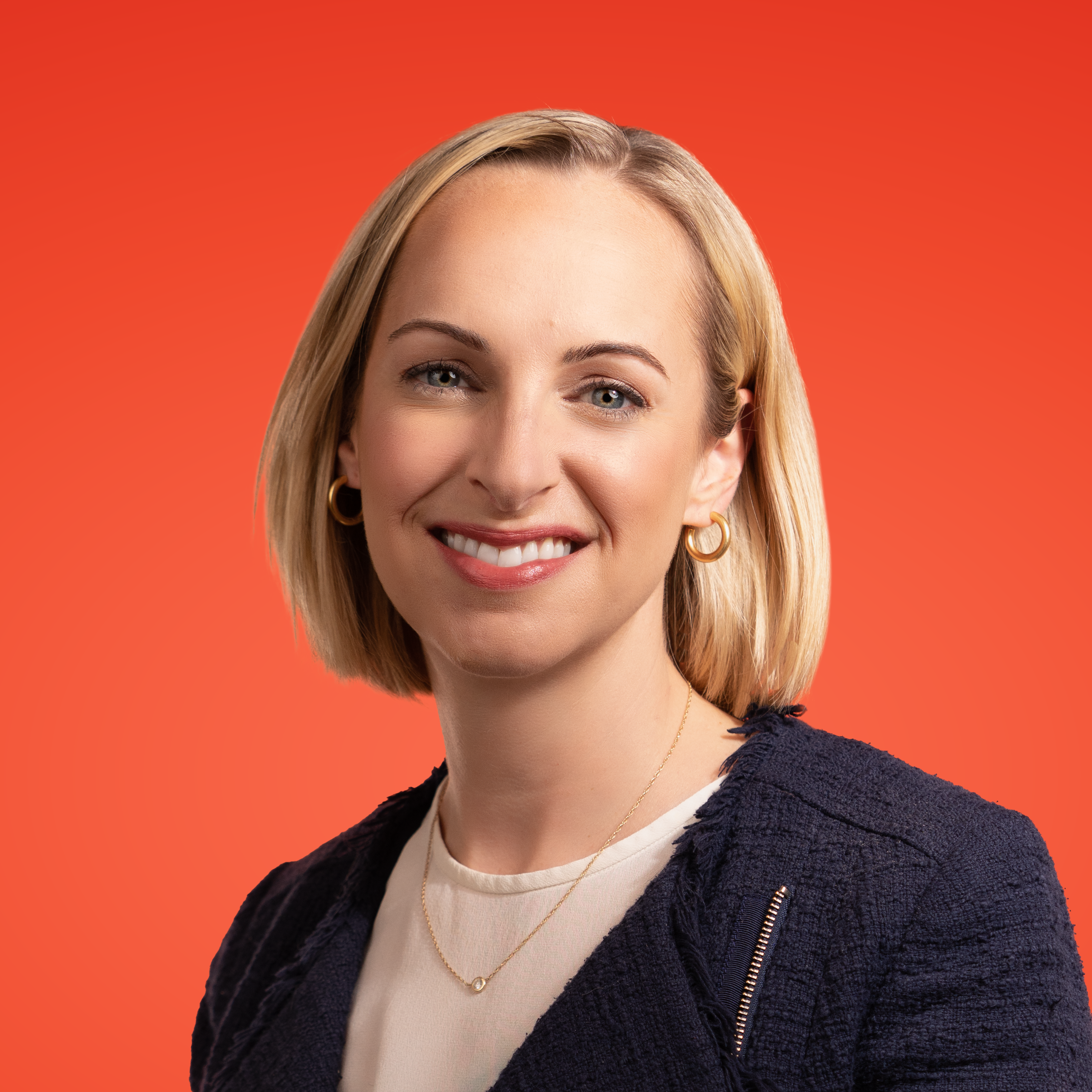The software investing landscape is looking much different lately compared to the past year, which saw a major spike in enterprise SaaS mega-deals. And according to Pitchbook, 40% of all buyouts closed in 2021 involved software assets – positioning technology as private equity’s top area of focus.
Despite the shifts we’ve seen in 2022 to date, including inflation spikes and a drop in global VC funding overall, software is and will continue to be a fast-growing market that is highly attractive for investors. TechCrunch even reported earlier this year that “it’s the tried-and-true SaaS category that appears to be in the best shape to fend off a slowdown in private-market investment.”
Investors like predictability, and they know that regardless of economic factors, businesses always need the right software to help them compete and drive ROI. While it’s trustworthy, software is complex, with thousands of categories and even more companies within them.
So, as software buyer needs and market trends continue to evolve, how can investors know where to place their bets? Fortunately for them, G2 and BCG today released a new paper, “Private Equity’s Search for the Next Big Thing in Software,” informing investment decisions on the companies and sectors to fund. It reveals key growth indicators primarily based on access to G2’s dataset, including 1.7M+ authentic peer reviews and over four years of buyer traffic data.
At G2, we’re known as the place you go for software - whether you’re a buyer, seller, or investor. In fact, in 2021, we launched G2 Investor Solutions, an offering built for investors and founded on first-party user sentiment data sourced from G2’s 60M+ annual software buyers. Ultimately, it serves as a source of truth for investors on the future of software, helping them to identify trends, forecast demand, and reduce risk in their decisions. Our growing customer base of 50 global investors trusts G2 Investor Solutions to help them identify the most promising opportunities. This includes IVP, whose Partner Jules Maltz has said that “G2 rankings are a leading indicator for future company success, and we know the biggest companies of the future are on G2 today.”
We’re glad to be a resource for investors, and also share our unique, data-driven insights with BCG for its latest paper. Through this analysis, BCG provides an informed way to look at growth and sector dynamics across software categories – revealing five key factors to consider when selecting a category for potential investment activity. These include: underlying marketing growth dynamics, estimated number of potential targets, maturity of SaaS adoption, vertical adoption, and downmarket potential. The complete paper on BCG.com has all the details, but here are a few takeaways for investors we’d like to highlight from BCG’s analysis of G2 data:
- Aggregate sales headcount growth across a category can inform revenue growth. According to BCG, private equity teams can predict customer adoption of a software category if the related companies show hiring activity or expanded headcount in key staffing areas. This correlation between sales headcount growth and revenue growth was seen in its analysis of companies in G2’s dataset between 2017 and 2021.
- Net promoter score (NPS) and sales force growth are correlated. The top quartile of companies examined based on G2 NPS data had a median salesforce growth of 121% between 2017 and 2021, whereas the bottom quartile had median salesforce growth of 0%. BCG notes, however, that investors should remember several conditions when scrutinizing sales growth. For instance, software vendors with early-stage venture capital backing often focus heavily on product development and therefore will not commit to a ramp-up of outbound sales staff until leaders are convinced that the product fits a well-defined market.
- OCFO (Office of the CFO), HR Tech, and ERP software show increasing verticalization. To assess how horizontal product categories are moving into vertical markets, BCG looked at G2’s database of product reviews for feedback from customers to see if reviews were showing up more consistently from within verticals or from across categories. It was found that within OCFO, specific verticals (e.g. retail, fashion) often have much more complex planning requirements and needs that necessitate a custom planning solution. A similar observation was made within ERP, with specific business management workflows kept in mind, like equipment dealerships or industrial factories. For HR Tech, a different underlying dynamic was seen, where HCM platforms –typically horizontal by nature – are being built for types of workers, such as recruiting, talent management, or tech.
- A rise in reviews from SMB customers points to increased adoption and downmarket traction. To assess movement in downmarket penetration, BCG looked at the median percentage of G2 reviews from SMB customers within each product category. As an example, Sales Tech, OCFO, and collaboration tools have seen increasing adoption, with plenty of whitespace still available, while HR Tech and analytics show more stability and less growth downmarket.
It's been said that data is the new currency. And we’re proud that our data can be valuable in guiding smarter software investment decisions. With our taxonomy, which classifies software across more than 130,000 products in more than 2,100 categories, BCG was able to map granular software segmentation. This revealed several subtleties in enterprise software adoption characteristics. Despite their subtle nature, these findings represent distinct, telltale signs of growth that offer investors a new perspective grounded in empirical rigor.
To access this full overview on the B2B software application landscape and its impact on how deal teams should pursue software opportunities, view the full paper: “Private Equity’s Search for the Next Big Thing in Software.”


 by Amanda Malko
by Amanda Malko
 by Amanda Malko
by Amanda Malko
 by Amanda Malko
by Amanda Malko